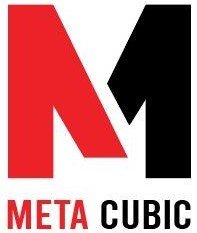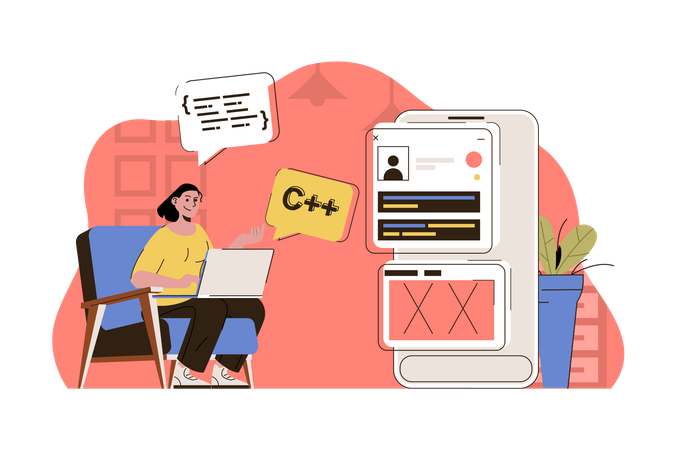Building RESTful APIs with Laravel
REST, which stands for Representational State Transfer, is an architectural style for designing networked applications. RESTful APIs adhere to certain principles, making them easy to understand, maintain, and scale. They use standard HTTP methods like GET, POST, PUT, and DELETE to perform various operations on resources. RESTful APIs rely on URLs to identify resources and use status codes to indicate the result of a request.
Understanding Laravel and its Features
Laravel is a powerful PHP framework known for its expressive syntax and extensive set of features. It follows the Model-View-Controller (MVC) pattern, making it highly organized and scalable. Some of the key features that make Laravel stand out are Eloquent ORM (Object-Relational Mapping), Blade templating engine, Artisan command-line tool, robust routing system, and excellent database migration support.
Setting Up the Laravel Project
Before we dive into building APIs, we need to set up a new Laravel project. You can do this by installing Laravel globally using Composer. Open your terminal and run the following command:

Once Laravel is installed, create a new project by running:

Creating a Basic API Route
Now that we have our project set up, let’s create our first API route. Laravel makes it simple to define routes. Open the routes/api.php file and add the following code:

Handling HTTP Methods (GET, POST, PUT, DELETE)
RESTful APIs work with different HTTP methods to perform actions on resources. To handle various HTTP methods in Laravel, we can use route methods like get, post, put, and delete. For example:

Implementing API Authentication with Laravel Passport
Security is a crucial aspect of API development. Laravel Passport provides a simple and convenient way to implement API authentication using OAuth2.0. It allows you to issue access tokens for users and clients, securing your API endpoints.
Handling Validation and Error Responses
Validating incoming data is essential to maintain data integrity. Laravel offers powerful validation capabilities that help ensure the data sent to your API is accurate. Additionally, handling errors gracefully and providing informative error responses are crucial for a good API experience.
Transforming Responses with Fractal
Fractal is a fantastic library that allows you to transform API responses. It helps structure complex data and present only the required information to the client, reducing response size and improving performance.
Implementing Rate Limiting for APIs
To prevent abuse and maintain fair usage of your API, implementing rate limiting is a must. Laravel provides rate-limiting middleware out of the box, making it easy to protect your API from abuse.
Versioning your RESTful APIs
As your API evolves, you may need to make backward-incompatible changes. Versioning your API ensures that clients can continue using a specific version while you introduce changes in newer versions.
Caching to Improve API Performance
Caching is a powerful technique to reduce the load on your server and improve API response times. Laravel provides various caching mechanisms that can be leveraged to optimize API performance.
Testing Your APIs with PHPUnit
Writing tests for your APIs ensures they work as expected and helps prevent regressions. Laravel’s integration with PHPUnit makes API testing a breeze.
Best Practices for Building RESTful APIs
Following best practices is essential for creating well-structured, maintainable, and scalable APIs. We’ll explore some of the crucial best practices to keep in mind during API development.
Security Considerations for RESTful APIs
Security should always be a top priority when building APIs. We’ll discuss some security considerations to protect your API from common vulnerabilities and attacks.
Conclusion
Building RESTful APIs with Laravel opens up a world of possibilities for developers. Its elegant syntax and rich feature set make API development a pleasant experience. By following the steps outlined in this article, you can create high-performing, secure, and scalable APIs using Laravel.







